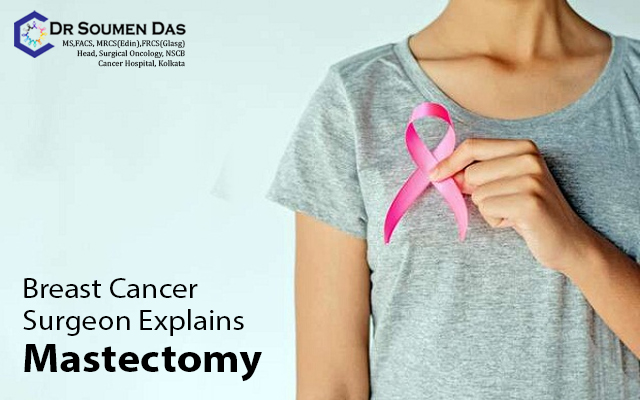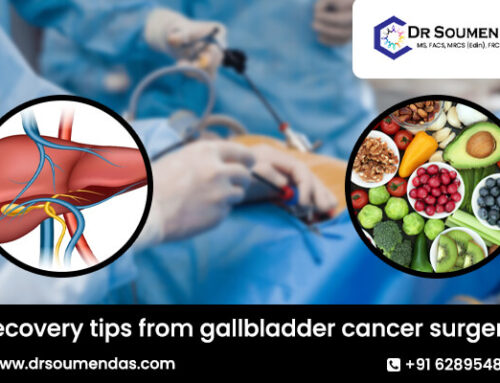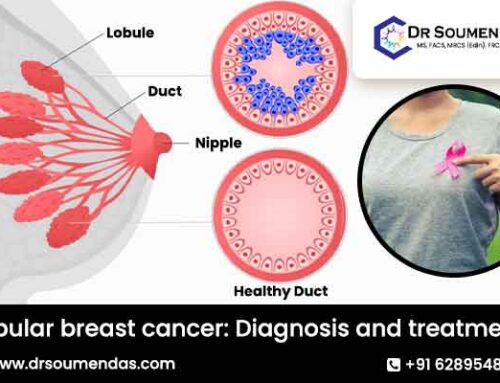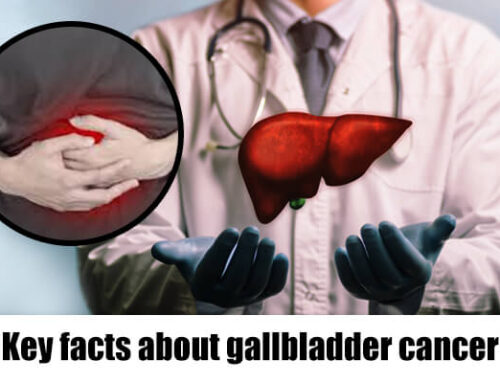What is Mastectomy?
According to Dr. Soumen Das, a breast cancer surgeon in Kolkata, a mastectomy involves removing tissue from one or both breasts. The goal is usually to remove breast cancer or prevent it from spreading or progressing. However, mastectomies are also performed for other reasons like sex reassignment or to address chronic breast pain, dense breast tissue, fibrocystic breast tissue. People who have a family history of breast cancer can also undergo mastectomy.
Some mastectomy procedures remove only a portion of the breast tissue, while others remove the entire breast. There are several types of mastectomies and which one a doctor suggests depends on the reason for the procedure.
The type of cancer and its spread influences the procedure chosen if a person has breast cancer.
Types of Mastectomies
- Total Mastectomy – The procedure involves the removal of the entire breast while leaving the muscles beneath it and the lymph nodes in place.
- Double Mastectomy – According to Dr. Soumen Das, the best breast cancer doctor in Kolkata, this procedure involves the surgeon removing both breasts, typically as a preventive measure — for example, if genetic markers indicate an increased risk of breast cancer.
- Radical Mastectomy – This procedure entails the surgeon removing the entire breast, the lymph nodes under the arms, and the chest wall muscles. There is another type of radical mastectomy, known as modified radical mastectomy. The procedure is similar, except in the case of the modified version, the chest wall muscles are kept intact.
- Other Mastectomies – Other mastectomies involve skin-sparing mastectomy and nipple-sparing mastectomy. In the case of skin-sparing mastectomy, the breast tissue and nipple are removed, but the skin is left intact. During the treatment, a surgeon also reconstructs the breast. In the case of nipple-sparing mastectomy, the skin, nipple, and peripheral breast tissues are preserved.
Factors Affecting Decision
Cancer doctor in Kolkata propose a type of mastectomy after evaluating several criteria, including the following:
- the individual’s age and general health
- their state of menopause
- the tumor’s size
- the extent to which the disease has spread, and the rate at which the cancer is anticipated to expand
- the possibility of recurrence of the cancer
- an individual’s ability to endure radiation therapy
- personal preferences, including cosmetic issues, and the expected period of recovery
Why You May Need a Mastectomy
Generally, a doctor is likely to recommend a mastectomy if a person has:
- Noninvasive breast cancer: The most frequent type of noninvasive breast cancer is ductal carcinoma in situ (DCIS). It originates in the milk ducts and has not spread into the breast tissue.
- Breast cancer stages 1, 2, and 3: A mastectomy can help treat breast cancer until it has progressed to more distant sections of the body, such as the lungs.
- Breast cancer that is inflammatory in nature: This is a very aggressive type, and your doctor may consider chemotherapy before surgery.
- Breast Paget’s disease: Cancer of the nipple and areola skin is frequently caused by DCIS or invasive breast cancer.
- Locally recurrent breast cancer: If cancer returns to a breast or region of the breast, a mastectomy may be necessary.
If you have been diagnosed with breast cancer, you can consult Dr. Soumen Das to discuss the most effective breast cancer treatment in Kolkata.







Leave A Comment